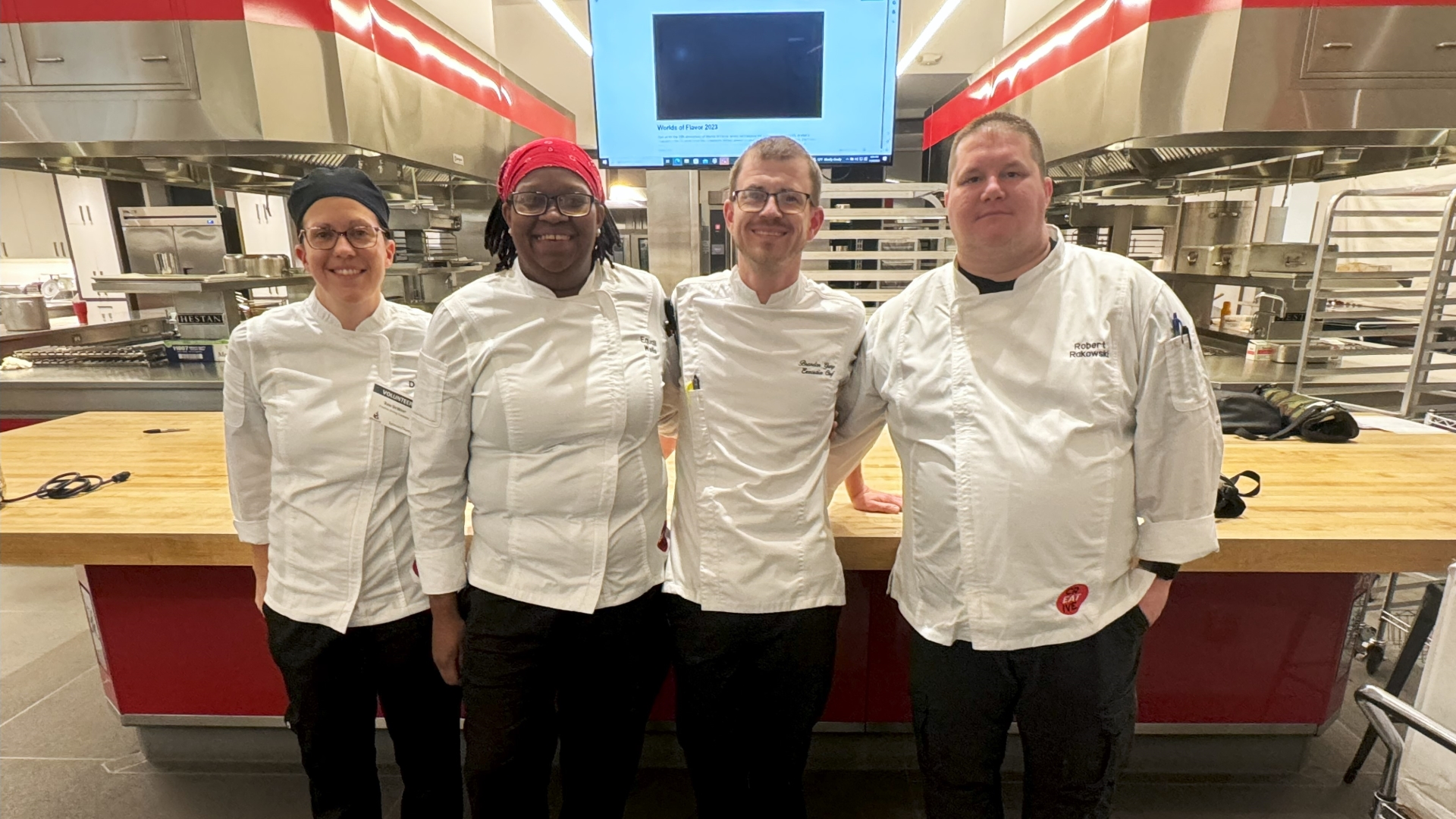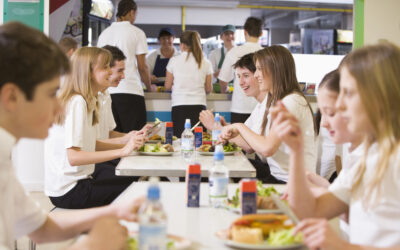Worlds of Flavor 2023 Conference Trip
Four of our chefs from various Creative Dining locations had an amazing time at this year’s Worlds of Flavor event, hosted by the Culinary Institute of America in Napa Valley, CA. Sarah Reed, our Culture, Diversity, Equity, Inclusion, and Belonging Specialist, commented that much of the conference was reacting to the idea that consumers—especially younger generations—want to feel connected to their food and that there seems to be an increased interest in the ingredients and the stories behind where the food we eat comes from.
The culinary landscape is moving toward a place more curious about flavor diversity, and transparency around ingredients, supply chains, cooking techniques and culture is more important than ever. Chefs from around the world are striking a balance between respecting and preserving authentic recipes while finding ways to reinvent them.
Reflecting on the event, Nathaniel Malone, our corporate executive chef said, “When we talk about authenticity, most agree that it’s more about respecting the food’s history, telling stories through food, and paying homage to our pasts through the ingredients or methods we use.”
Here are some of the insights our attending chefs took away from the incredible events and presenters at this year’s event.
Culture, Authenticity, and Modifications
A large focus of the conference was teaching chefs how to create innovative recipes out of traditional ones. There were conversations and presentations about how to respectfully modify an authentic recipe to make it new, especially for dishes from cultures different than your own.
Our chefs learned many ways to do this. Some of the tips were as simple as giving credit to the culture they took inspiration from, or telling the story behind what inspired them to make certain changes to the original recipe.
There’s also a power in explaining the changes made to the recipe. This could look like listing traditional ingredients, being clear about substitutions, and even explaining why the chef chose that substitution. It’s important for culinarians to do their best to explain why they made changes so that diners understand the motivations behind the change. It shows respect for the dish and the culture.
Learning the stories behind the food we cook and eat can often give us a better appreciation for a culture and the historical impact of a culture on the food we eat today.
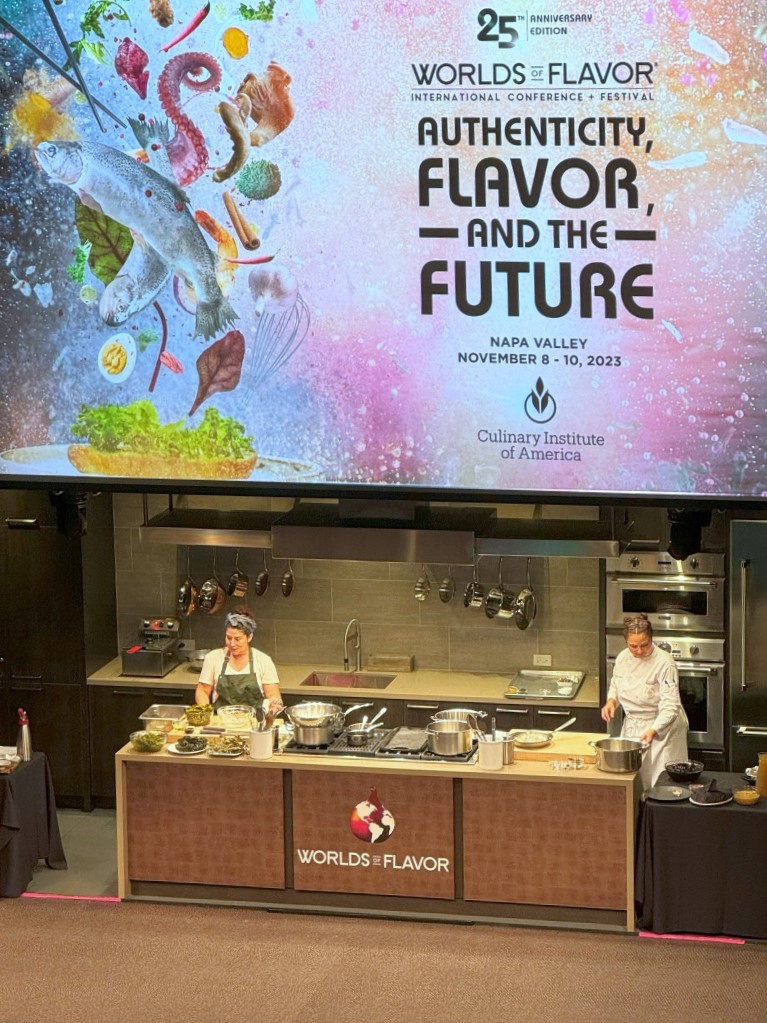
What Makes a Dish Authentic?

One of the most impactful events for chef Keri Dewent was a presentation on mole (moh-lay) sauce, which originated in Mexico before Spanish influence made its way to the Middle Americas.
“The presenter addressed the topic of authenticity in the recipe and taught us that very specific ingredients have to be used in order for it to be classified as a mole sauce,” she said. Specifically, a mole must include dried chiles, nuts, seeds, and sometimes what the Aztecs called xocolatl (sho-koh-lah-tol)—or, as we know it, chocolate.
The presenter also commented on what they felt makes a dish “authentic.” Though many assume it requires historical accuracy, that isn’t always the case. Sometimes it’s difficult—if not entirely impossible—to replicate a dish historically, but it can still be authentic. People make recipes based on personal preference, flavor profile, and availability of ingredients. As long as the core ingredients remain the same, the dish can often be considered authentic.
As Dewent said, “To each person, the sauce is authentic to them.”
Elevating Comfort
One presentation given by Edward Lee and Parnass Savang talked about comfort food and its relationship to global traditions. They claimed that comfort food is synonymous with nostalgia. These are dishes that resurface memories and good feelings. As one might imagine, the idea of “comfort foods” is different not only around the world but from person to person, even if they’re from the same place.
The two discussed interesting ways to play with comfort while respecting the authenticity of the dishes themselves. Each showed a demonstration of how to elevate comfort food with ingredient swaps, such as replacing Spam with pork. There are many creative ways that chefs can put a spin on diners’ favorite comfort foods, honoring past memories while also creating new ones.

Favorite Dishes of the Week
While the on-site chefs prepared hundreds of delicious dishes over the course of the conference, there were a few in particular that stood out to our team. Here are a few culinary highlights:
- Shrimp and Prosciutto Tortellini – Kikkoman
- Passion Fruit Cream Puffs – Chef Paola Velez
- Northern Iranian Marinated Olives – Chef Hanif Sadr
- Hush Honeys with Goat Butter and Lemon – Chef Ricky Moore
- Venison Sliders with Blackberry Ketchup
- Short Rib and Seafood Arabic Paella
- Iberian Pork Tartare
- Sudachi Citrus Fruit
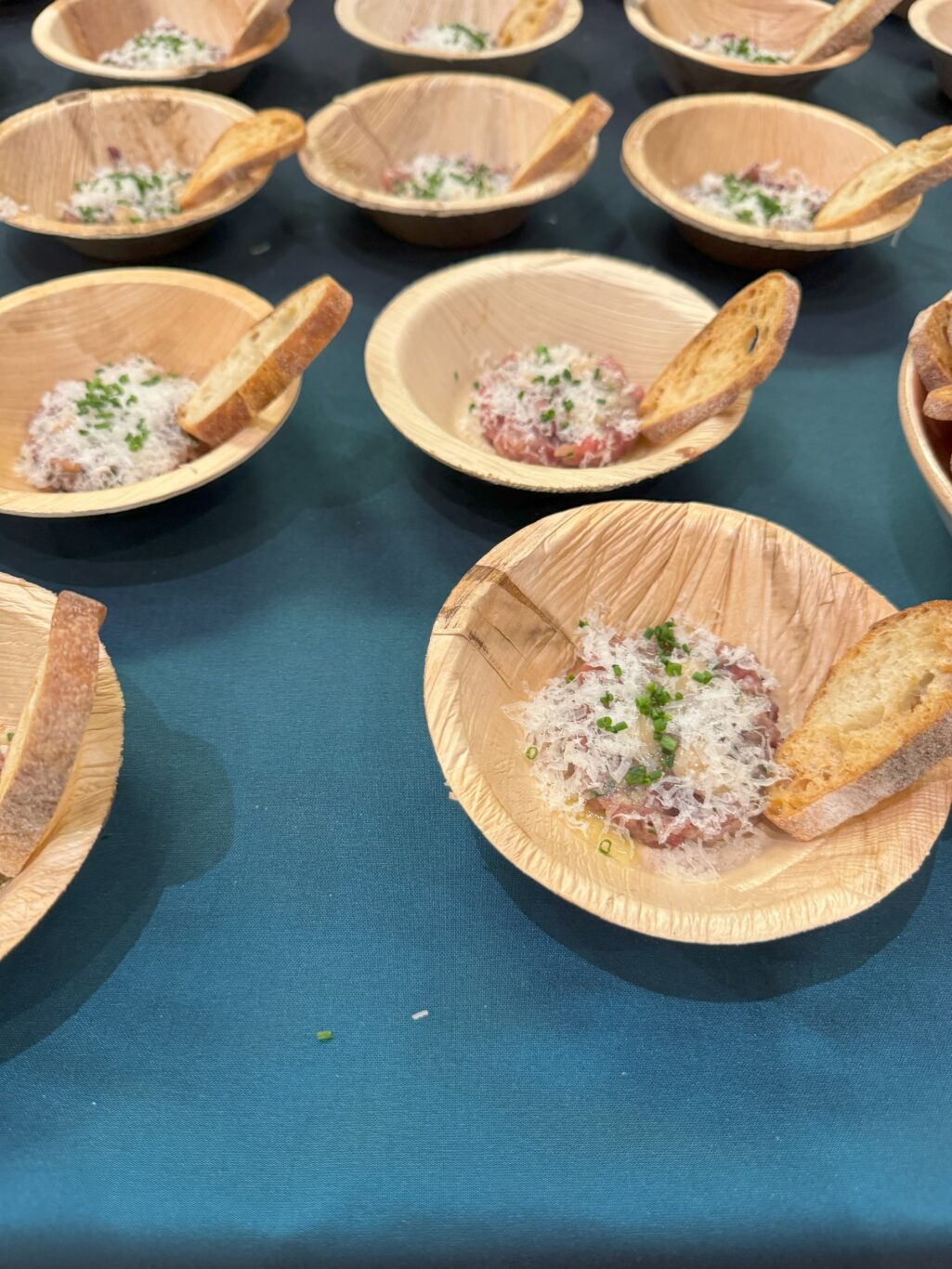
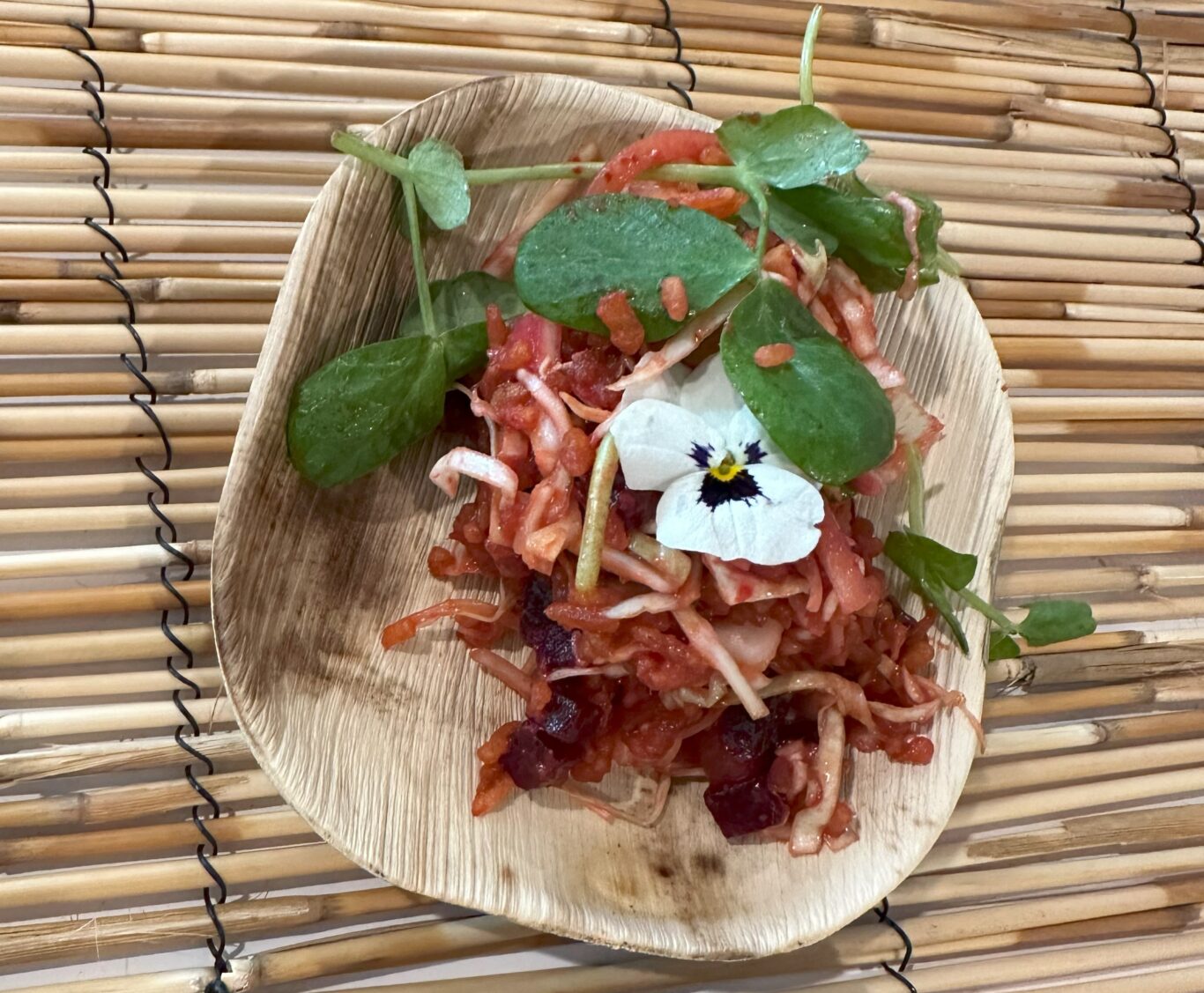
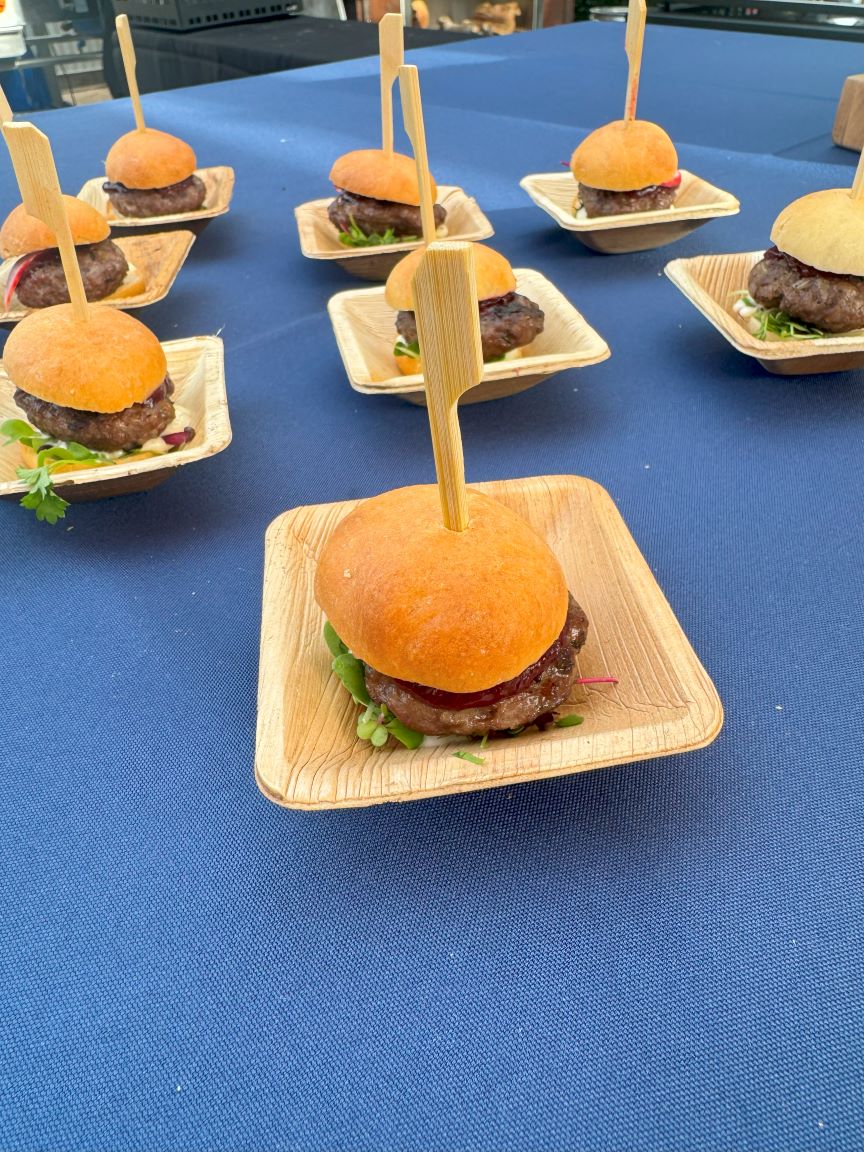
Bringing Authenticity Home
One of our culinarians’ biggest takeaways from this year’s event was the variety of ways to bring authentic cooking into our own homes, restaurants, and conversations. In many cases, simply making an effort to learn the history and origins of a dish can go a long way in preserving its authenticity.
We hope you’ve found these event takeaways as insightful as our chefs did. To learn more about Worlds of Flavor, you can visit their website at www.worldsofflavor.com. For more information on how you can bring globally inspired dishes to your diners, reach out to us.
